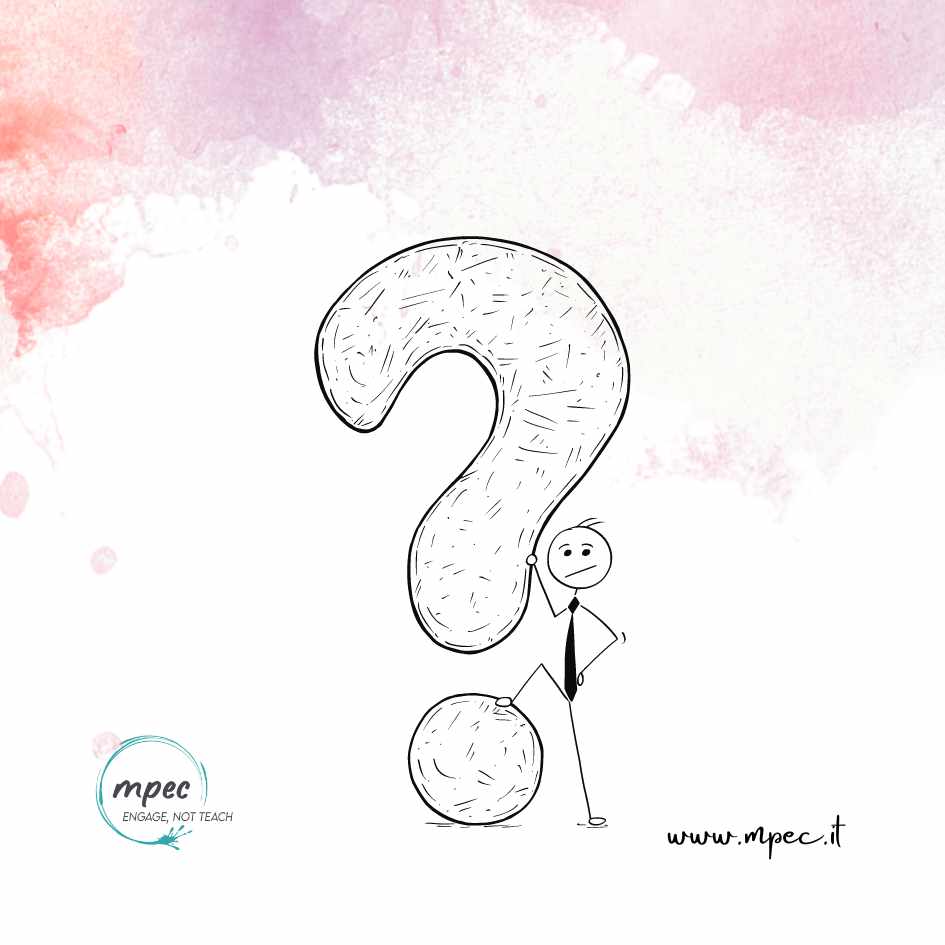In the nuanced world of Business English, especially at the advanced C1 level, mastering the subtleties of language can significantly impact your communication. A prime example of such subtlety is the use of the word “quite.” This seemingly straightforward adverb holds a dual nature, capable of expressing both moderate and extreme intensities, depending on the context and intonation with which it is used. Understanding and correctly applying “quite” can enhance the clarity and effectiveness of your business communication.
The Dual Meanings of “Quite”

Quite as Very: When “quite” precedes an adjective or an adverb, it often serves to amplify the intensity of the statement, akin to “very.” This usage tends to be more common in American English but is perfectly understood in British contexts as well. For example, saying “I’m quite satisfied with the results” can imply a high level of satisfaction.
Quite as A Bit: Conversely, in British English, “quite” can be used to suggest a moderate or reasonable amount, equivalent to “somewhat” or “fairly.” For instance, the statement “The report is quite interesting” might imply that the report is interesting to some degree but not exceptionally so.
The Role of Context and Intonation
The meaning of “quite” can significantly depend on the context in which it is used and the intonation of the speaker. In spoken English, emphasis and tone can help distinguish between “quite” as “very” and “quite” as “a bit.” A more pronounced intonation with stress on “quite” typically suggests a stronger intensity, whereas a lighter tone may imply moderation.
In written communication, context becomes key. The surrounding words and the overall message can provide clues. For example, “I’m quite concerned about the deadlines” in a formal business email, depending on the context, might indicate significant worry about meeting deadlines.
Expanding the Lexicon: Words Like “Fairly” and “Some”
To express nuances in intensity, several other adverbs come into play alongside “quite.”
- Fairly: Similar to “quite” in its moderate meaning, “fairly” suggests a middling degree of something. “The project is fairly complex” implies that while the project has complexities, they are not overwhelming.
- Some: This word can indicate an unspecified amount or degree, often suggesting a level of ambiguity. “There is some concern regarding the budget” indicates that concerns exist, but their extent is not fully detailed.
Ready For Some Practice?
Check out the exercise below to practice the use and meanings of ‘Quite’ in Business Context.
Exercises for Mastery:

Fill in the Blanks: Choose between “quite,” “fairly,” and “some” to complete the sentences based on the implied intensity.
- The new marketing strategy is _____ effective in reaching our target audience.
- We have _____ reservations about the proposed merger.
- The financial report was _____ comprehensive, leaving no stone unturned.
- Intonation Practice: Record yourself reading the following sentences first with an intonation that implies “quite” as “very,” and then as “somewhat.”
- I’m quite interested in your proposal.
- The feedback was quite positive.
- Contextual Understanding: For each of the following sentences, decide if “quite” implies “very” or “somewhat” based on the context.
- Given the circumstances, I’m quite impressed with your team’s performance.
- The solution was quite simple once we reviewed all the data.
Understanding and applying the nuances of words like “quite,” “fairly,” and “some” can significantly enrich your business communication, making your intent clearer and your expressions more precise. This exploration of “quite” demonstrates how English, particularly at the C1 business level, requires a keen awareness of context, intonation, and the subtleties of language.
#IngleseCommerciale #DomandeInInglese #PadronanzaDellInglese #ComunicazioneProfessionale #InglesePerAffari #DomandareCorrettamente #CompetenzeLinguistiche #BusinessGlobale #ChiedereCorrettamente #GrammaticaInglese #FormeInterrogative #ImparareLInglese #mpec #engagenotteach





